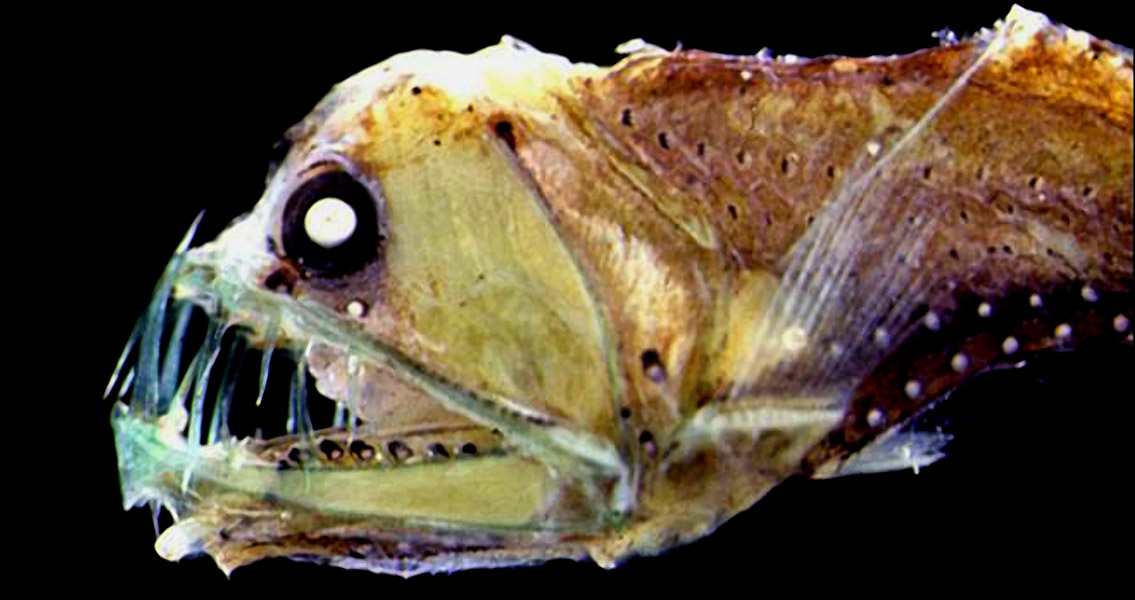<![CDATA[65 million years ago the dinosaurs were wiped out in one of the most comprehensive mass extinction events in the history of the planet. The leading theory to explain the global calamity is that an asteroid around the size of the Isle of Wight struck the Yucatan peninsula in Mexico, immediately triggering tsunamis, earthquakes and landslides around the world. Almost all flora and fauna on the planet were wiped out, the world was left a barren wasteland smothered in dust; the sun blocked out triggering a constant winter. A few bird, mammal and marine species survived the mass extinction event, but little else. Like the dinosaurs themselves, most of the Earth's giant marine reptiles, such as mosasaurs and plesiosaurs, perished in the event, showing the sea was no refuge from whatever disaster had devastated land life. Invertebrates and microscopic organisms from the sea were also wiped out, yet somehow a host of deep sea creatures survived. The survival of creatures at the bottom of the ocean has long been a mystery to scientists, as it is assumed that the devastation to ocean ecosystems would have extended right down to the deepest depths. It is typically believed that the asteroid impact would have killed off free floating algae and bacteria, starving deep sea creatures of their food supply. Now, a team of scientists from Cardiff University has revealed new evidence to explain how these deep sea creatures survived such a global cataclysm. After analysing data from the chemical composition of fossilised shells of sea surface and sea floor organisms from the time of the mass extinction event, the team from Cardiff University's School of Earth and Ocean Sciences has concluded that some forms of algae and bacteria actually survived following the asteroid strike. The fossilised creatures, taken from drilling cores from the South Atlantic Ocean floor, have provided the scientists with an insight into the movement of organic matter from the sea surface to the sea floor in the wake of the asteroid strike. The team concludes a trickle of food was being slowly, but constantly delivered to the deepest reaches of the ocean. "The global catastrophe that caused the extinction of the dinosaurs also devastated ocean ecosystems." explained Heather Birch, a Cardiff University PhD from the School of Earth and Ocean Sciences who led the study. "Giant marine reptiles met their end as did various types of invertebrates such as the iconic ammonites." she said in a Cardiff University press release. "Our results show that despite a wave of massive and virtually instantaneous extinctions among the plankton, some types of photosynthesising organisms, such as algae and bacteria, were living in the aftermath of the asteroid strike." Birch continued. The trickle of food provided by these photosynthesising organisms allowed the deep sea creatures to weather the turmoil in the aftermath of the asteroid strike. Another significant finding of the study concerns the speed of recovery of the oceans' food chains. Birch's team determined that the food supply had been almost fully restored within 1.7 million years, roughly half the time suggested by other estimates. Published in the journal Geology, the study has answered one of the most curious questions surrounding the mass extinction event which took place 65 million years ago. ]]>
How Deep Sea Life Survived the Asteroid the Dinosaurs Didn't
